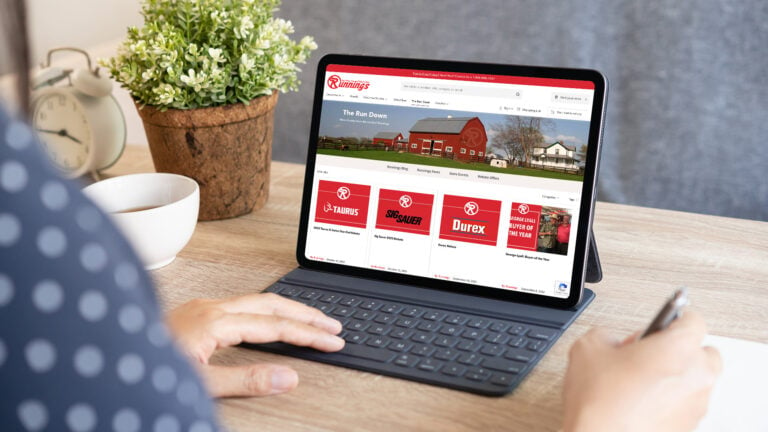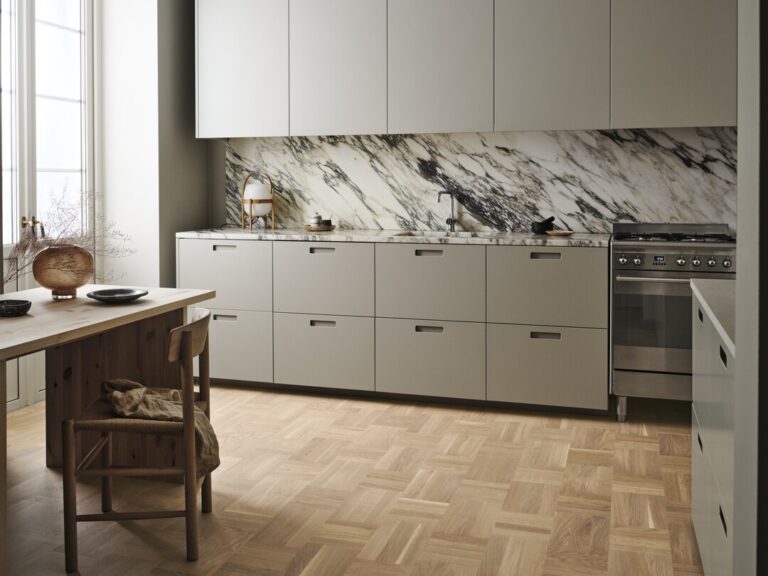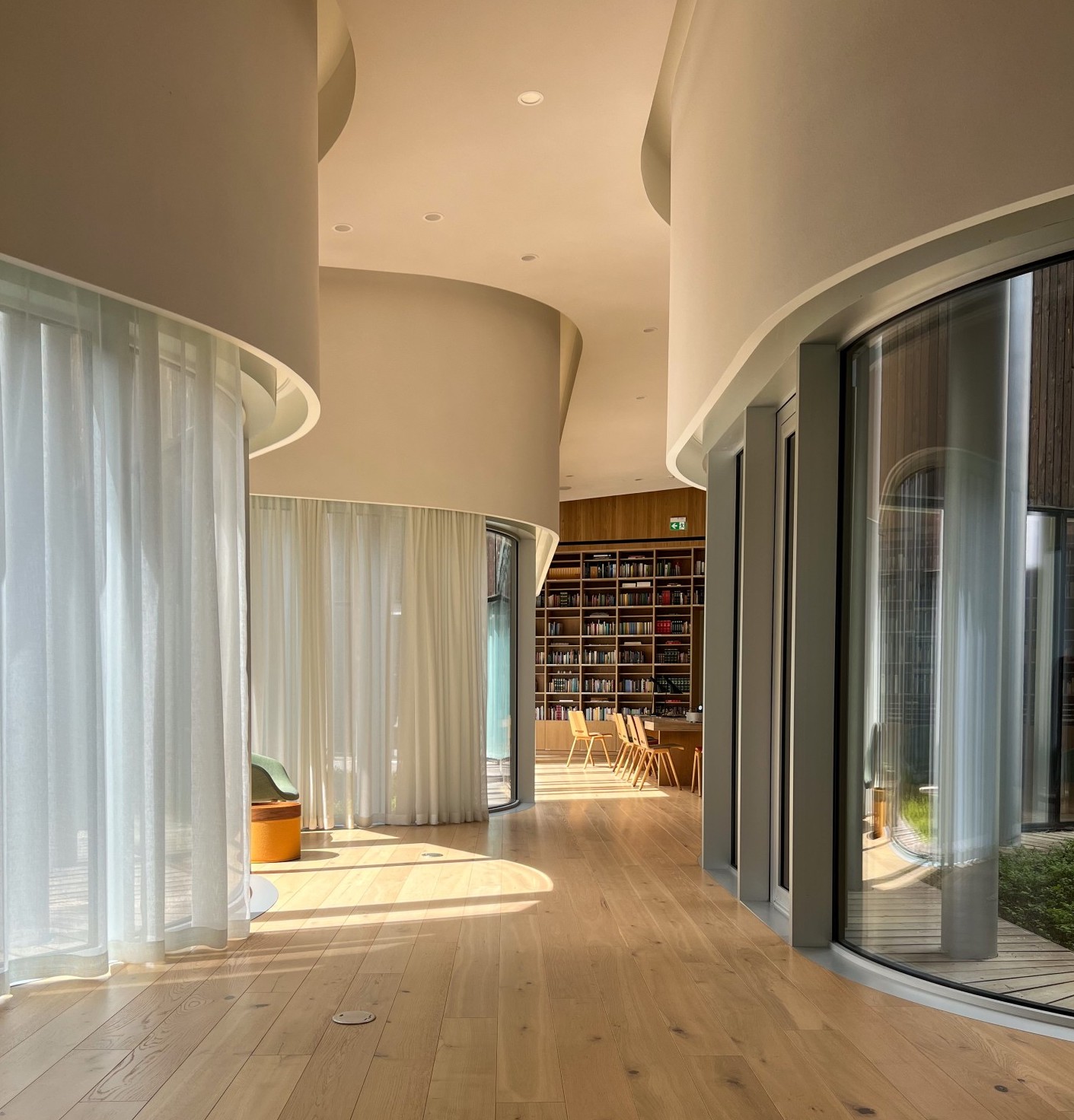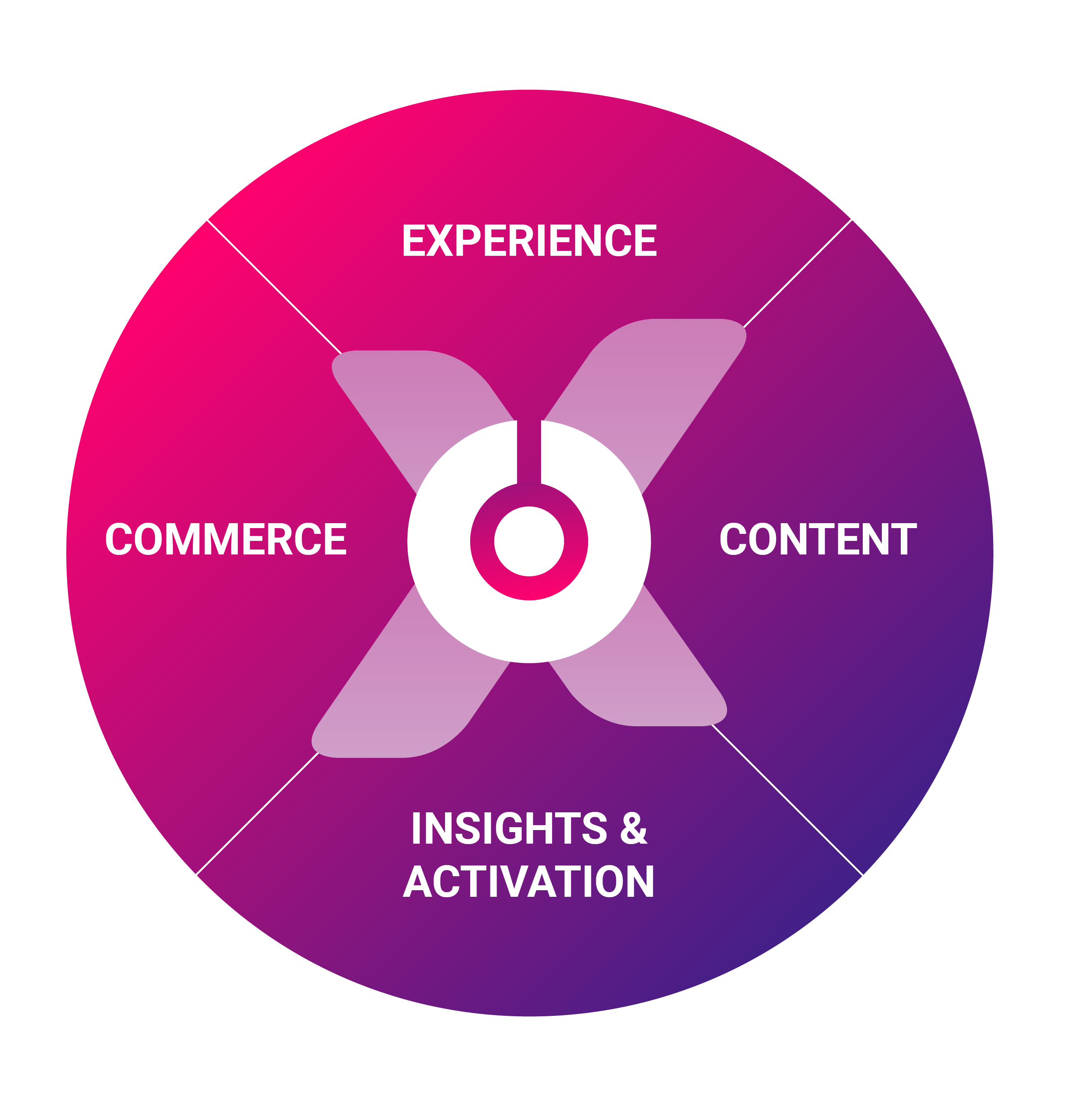Our work
-


Rapala’s headless commerce solution
Founded in the 1930s, Rapala is a renowned manufacturer of fishing lures and other fishing-related products. Today, the company is considered one of the world’s…
View project -


Runnings
Runnings is a privately held retailer selling an extensive selection of pet supplies and sporting goods, including hunting and fishing equipment, clothing and footwear, lawn…
View project -


Discovery for Tarkett
Tarkett Group is a leader in the flooring industry and sport surfaces industry, with over 140 years of experience, and works with other top flooring…
View project














